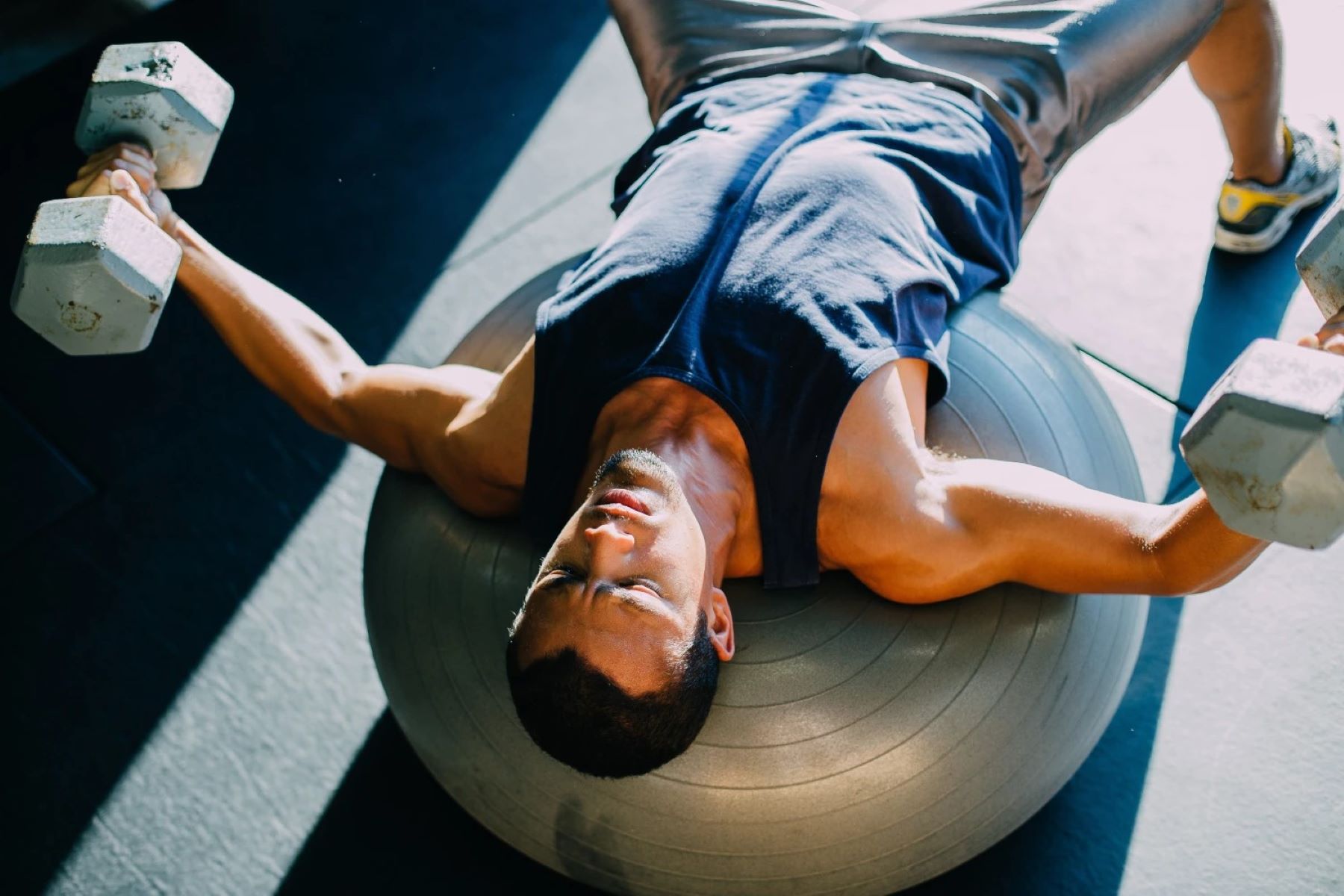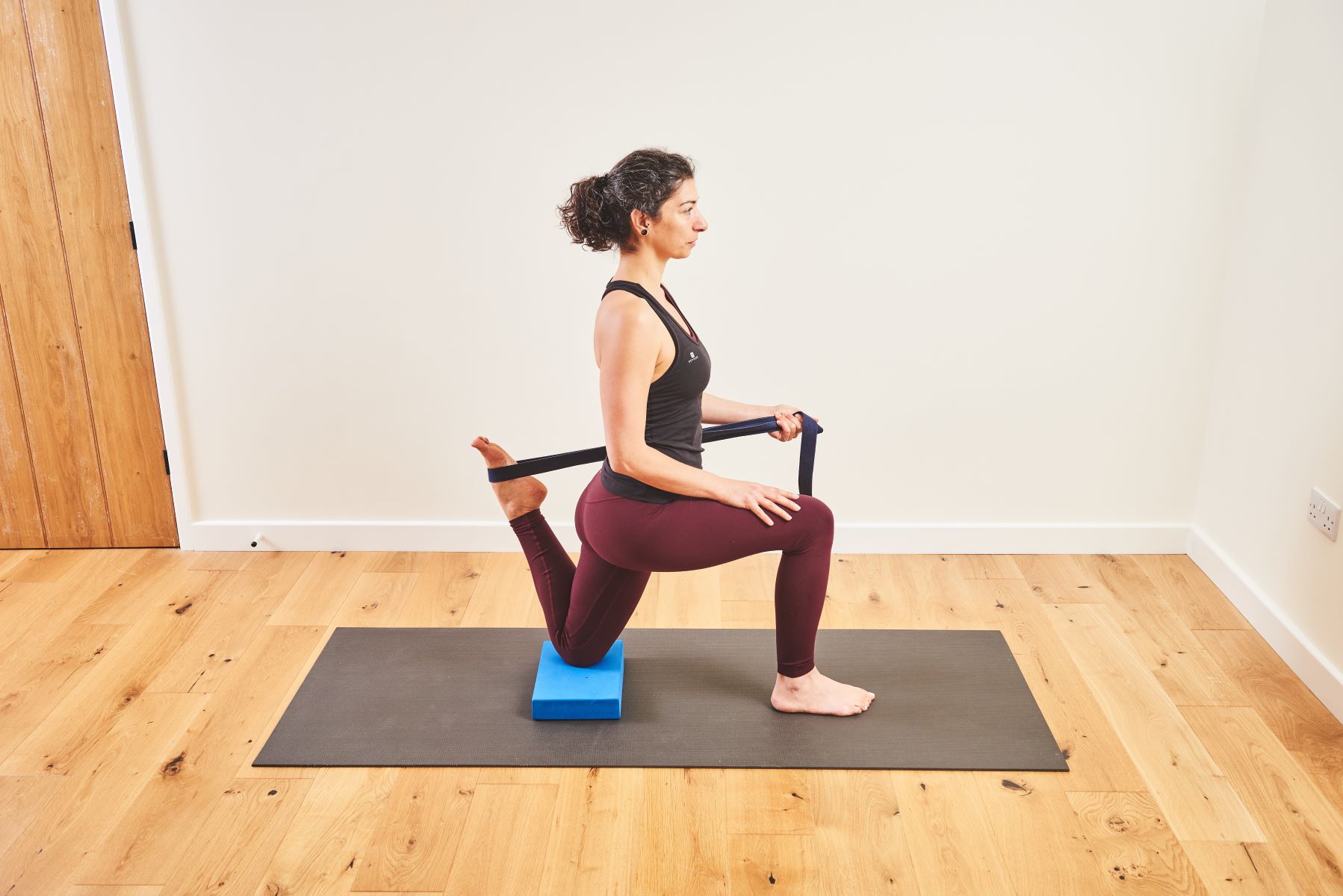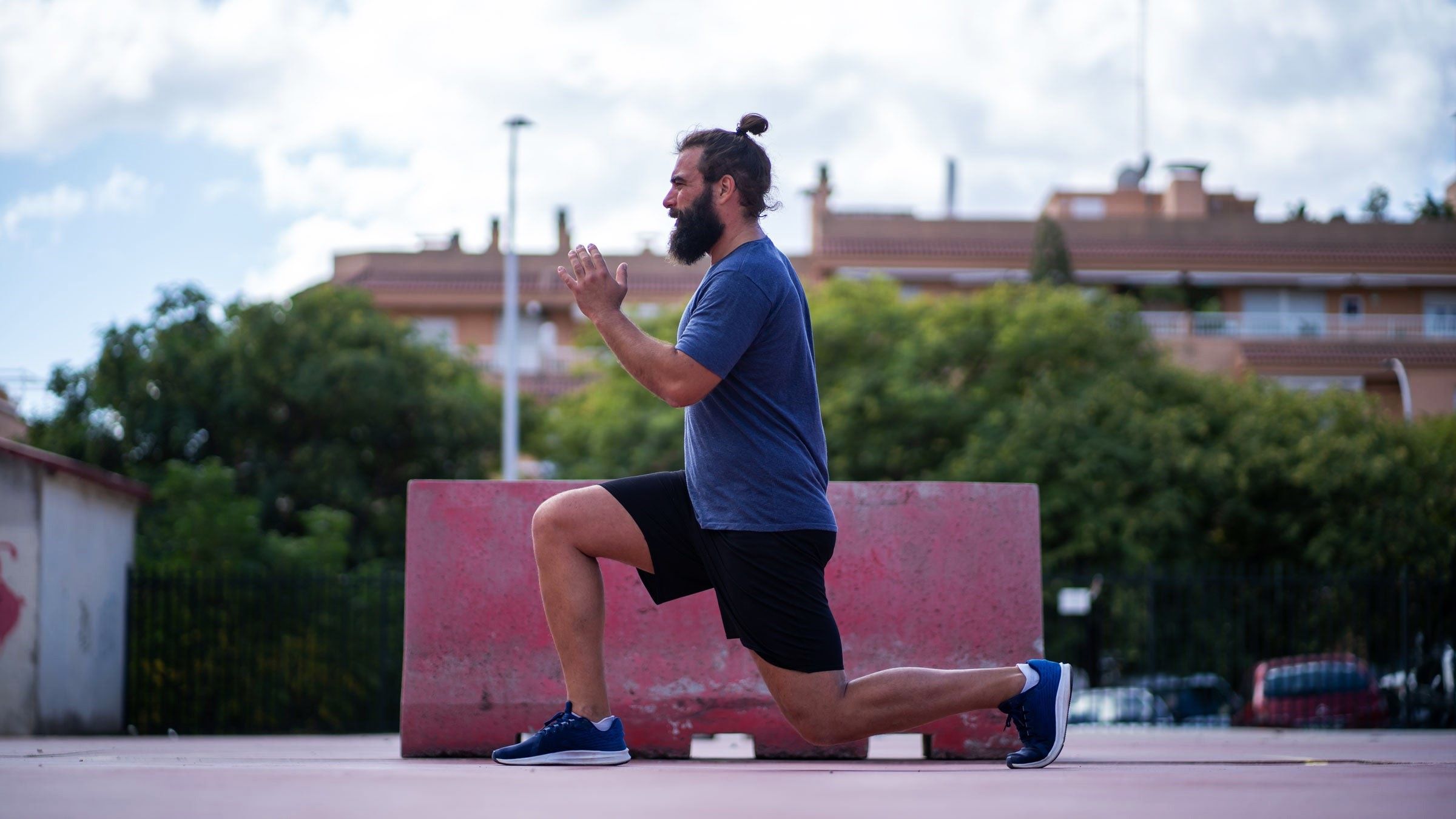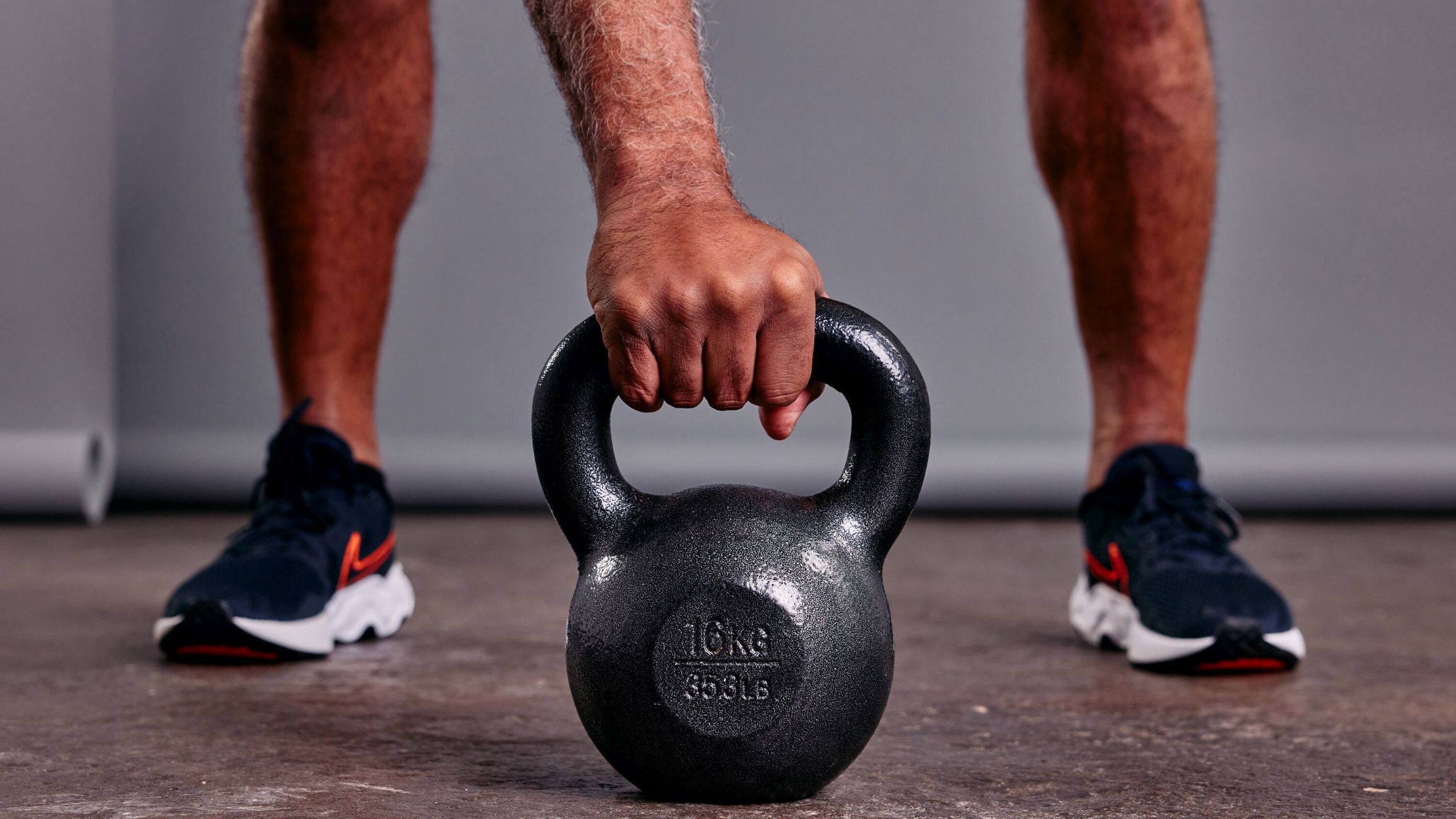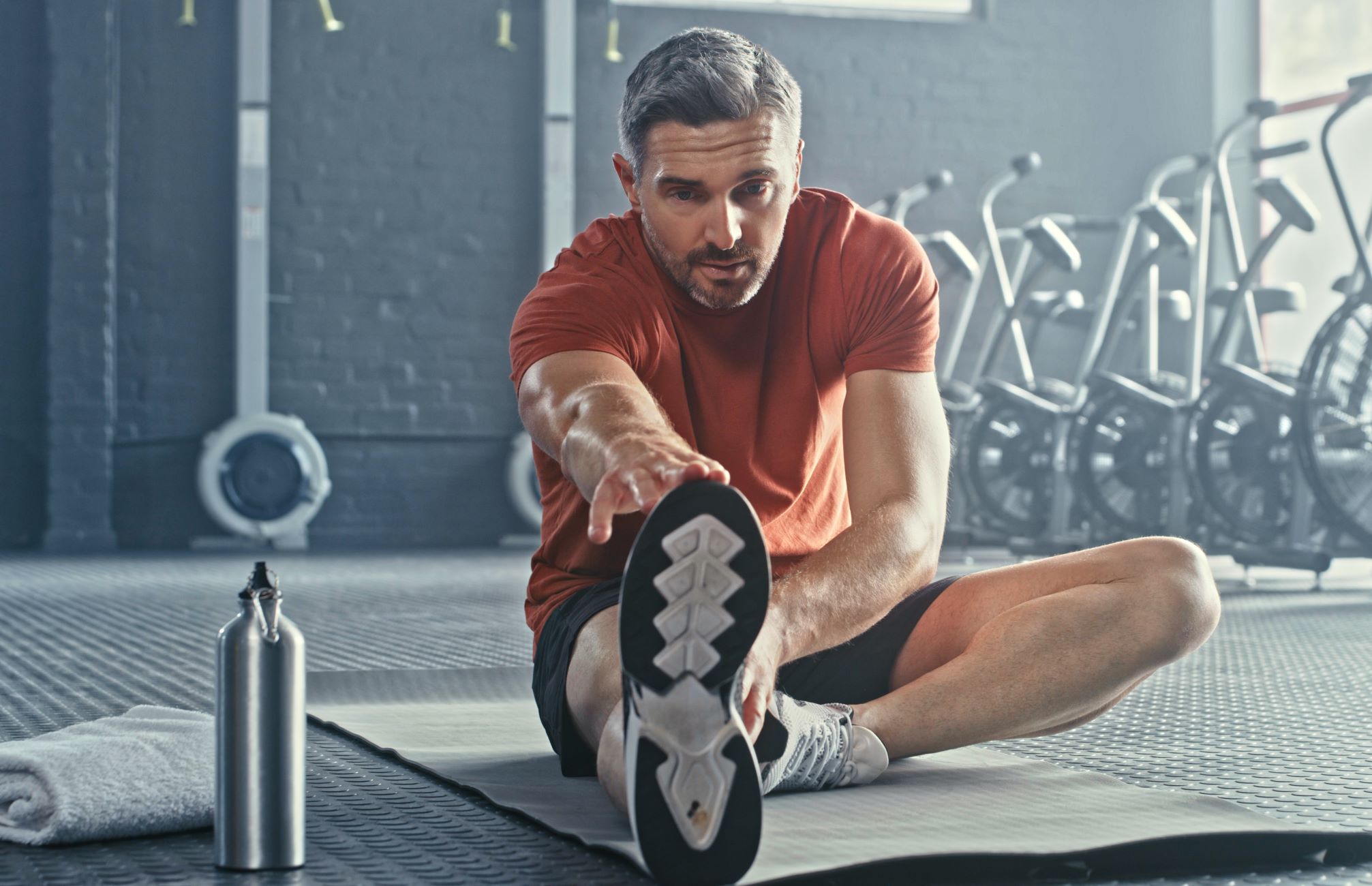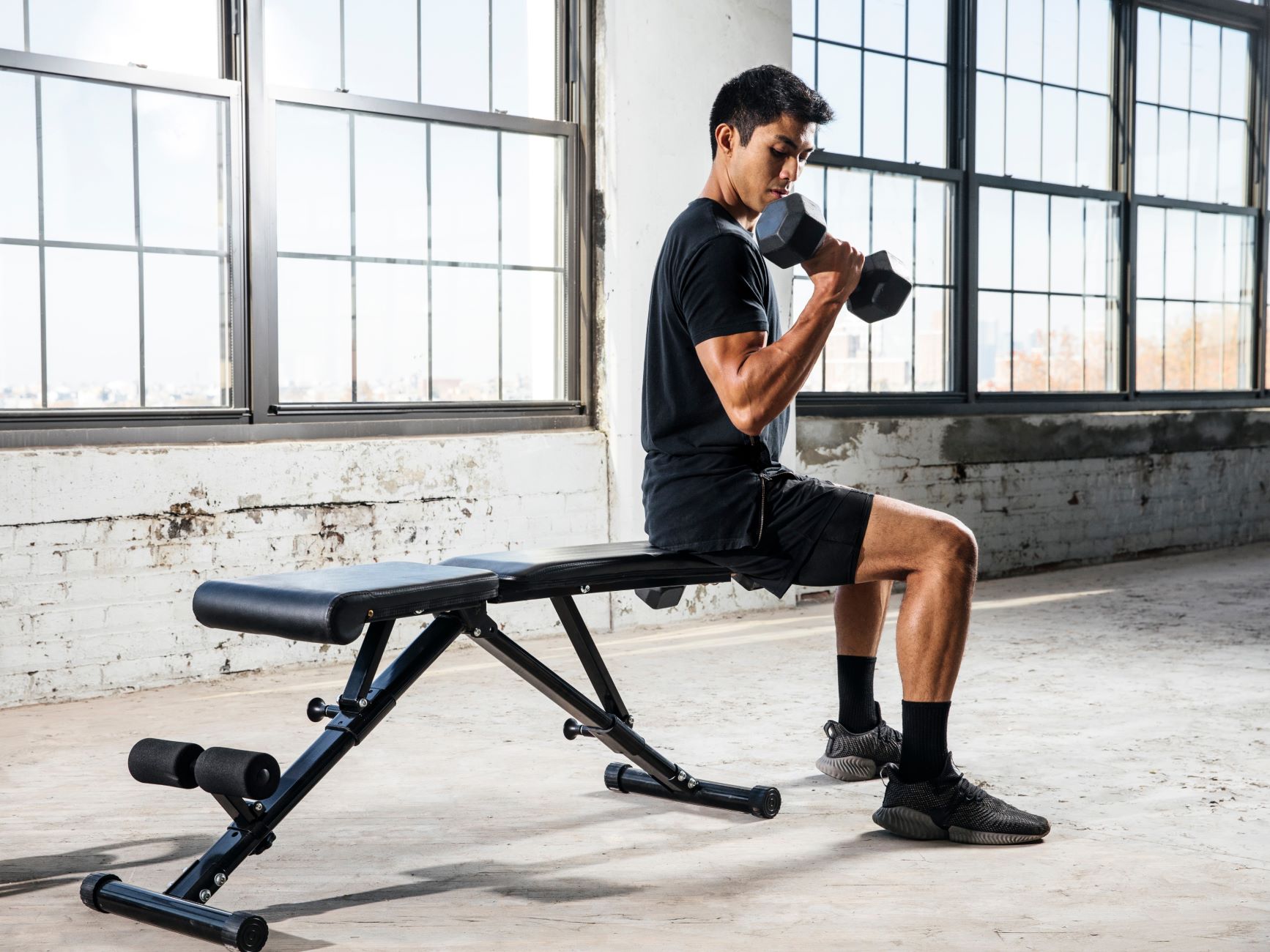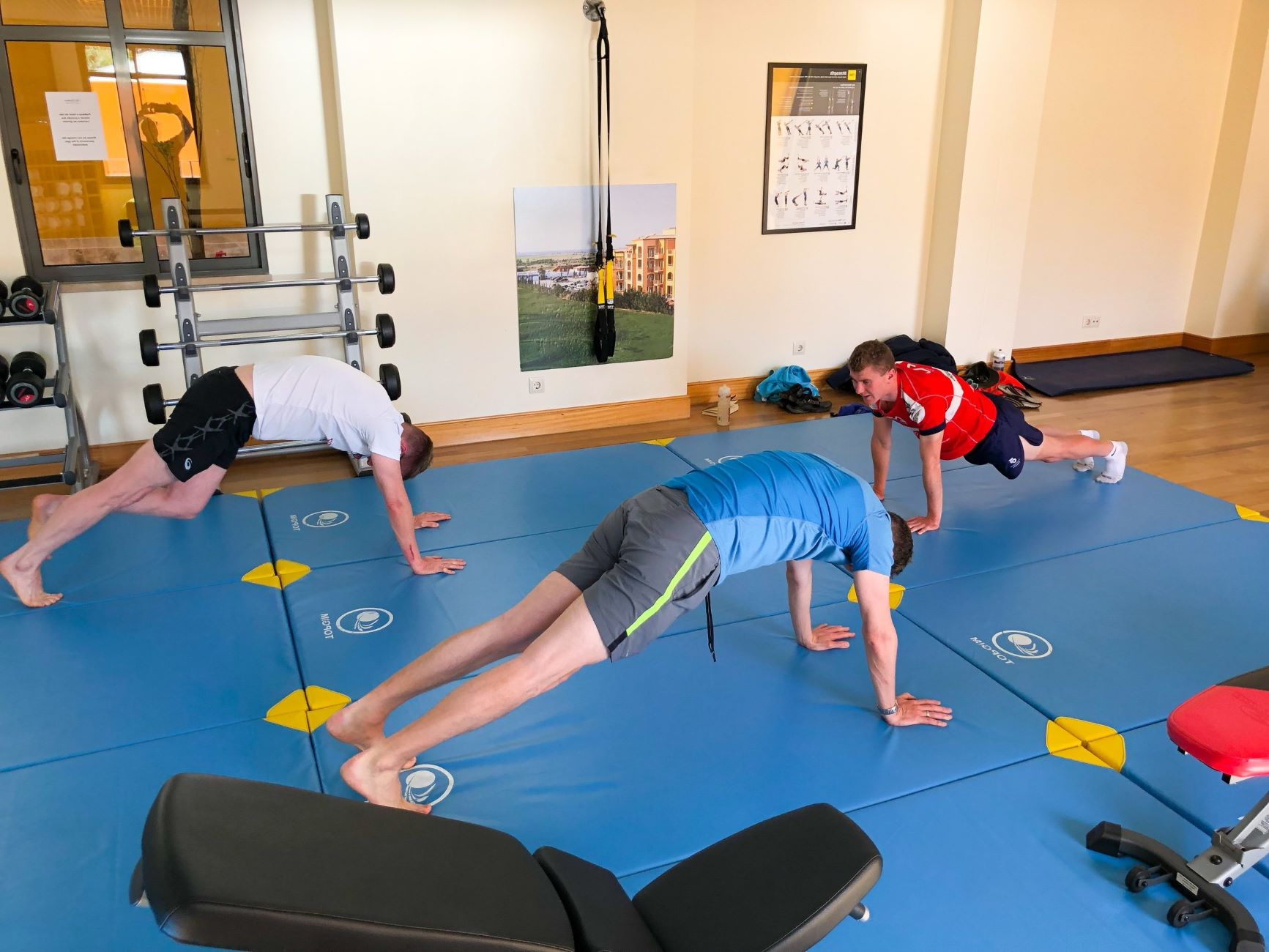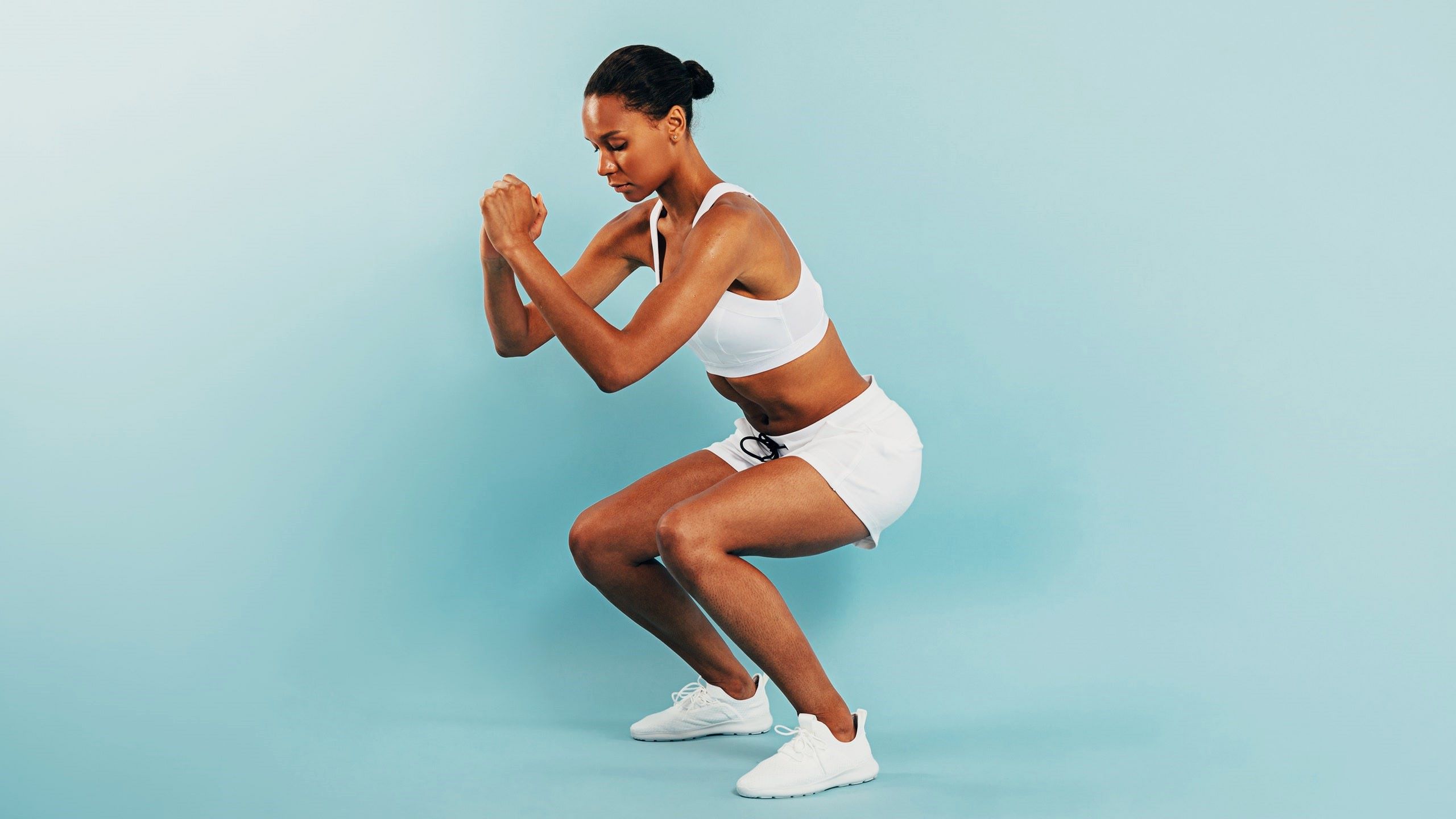Home>Training & Techniques>Building Strength: 3 Calf Exercises For Runners
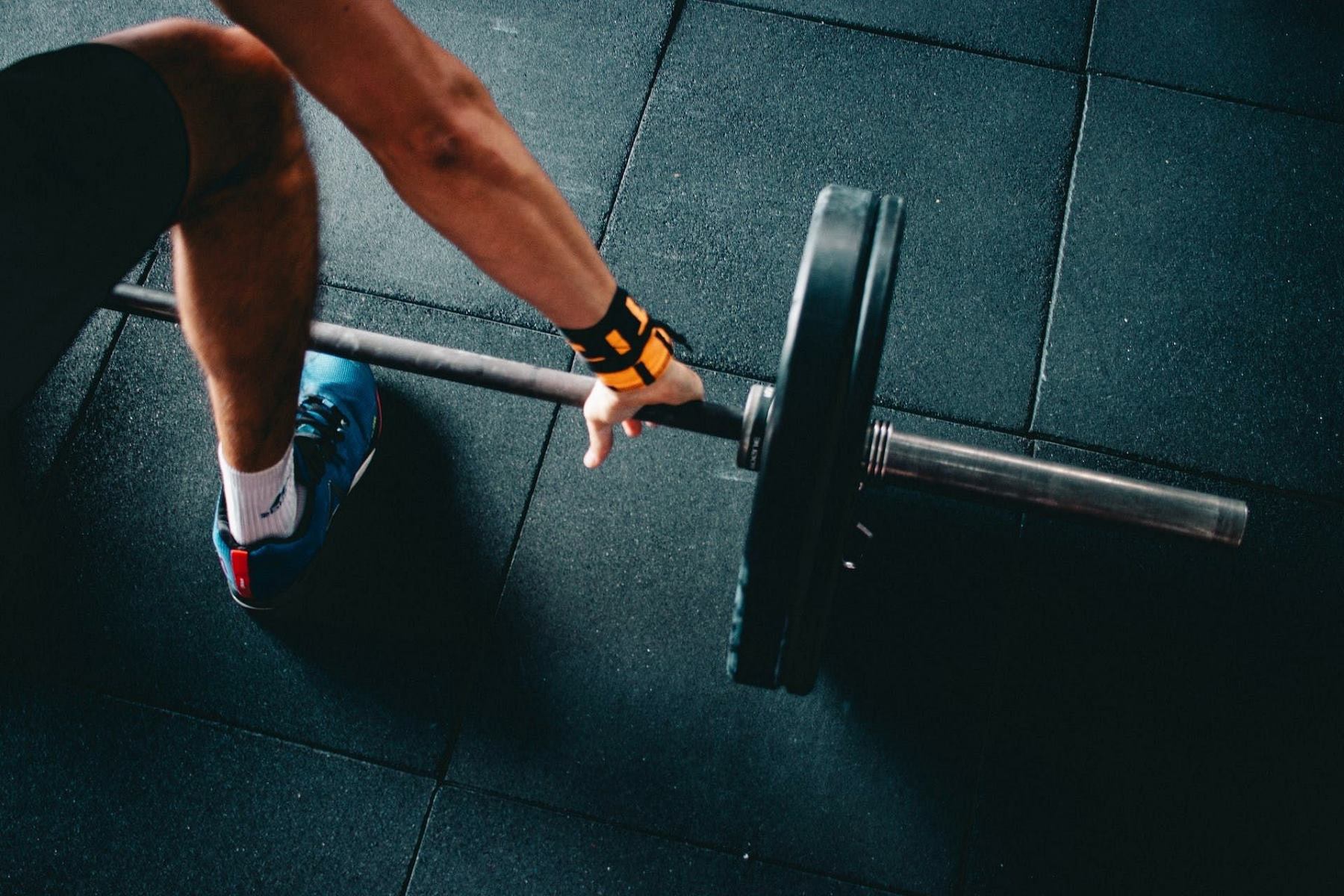

Training & Techniques
Building Strength: 3 Calf Exercises For Runners
Published: March 5, 2024
Improve your running performance with these effective calf exercises. Learn essential training and techniques for building strength as a runner.
(Many of the links in this article redirect to a specific reviewed product. Your purchase of these products through affiliate links helps to generate commission for Therunningadvisor.com, at no extra cost. Learn more)
Table of Contents
Introduction
As a runner, you understand the importance of strength and endurance in your lower body. Your calves, in particular, play a crucial role in propelling you forward with each stride. Building strength in your calf muscles not only enhances your running performance but also reduces the risk of injuries. In this article, we will explore three effective calf exercises tailored specifically for runners. These exercises are designed to target and strengthen the calf muscles, ultimately improving your running efficiency and overall lower body strength.
Whether you're a seasoned marathon runner or just starting your running journey, incorporating calf-strengthening exercises into your training regimen can make a significant difference in your performance and overall well-being. By dedicating time to specifically target your calf muscles, you can enhance your running experience and reduce the likelihood of common issues such as shin splints and Achilles tendonitis.
Now, let's delve into these three powerful calf exercises that will help you build the strength and endurance needed to take your running to the next level. Whether you're aiming to improve your speed, increase your distance, or simply enjoy a more comfortable and efficient run, these exercises will be valuable additions to your training routine.
Read more: 6 Easy Strength Exercises For Older Runners
Importance of Calf Strength for Runners
The calf muscles, comprising the gastrocnemius and soleus, are pivotal for runners as they play a fundamental role in the running gait. These muscles are responsible for the push-off phase during each stride, propelling the body forward. As such, the strength and endurance of the calf muscles significantly impact a runner's performance and overall running experience.
Enhanced calf strength contributes to improved running efficiency, allowing runners to cover greater distances with less effort. Stronger calf muscles enable a more powerful push-off, leading to increased speed and agility. Additionally, well-developed calf muscles provide better shock absorption, reducing the impact on the lower body with each foot strike. This is particularly beneficial for long-distance runners, as it helps minimize fatigue and discomfort during extended runs.
Moreover, strong calf muscles contribute to overall lower body stability and balance, which are essential for maintaining proper running form. By supporting the ankle and foot joints, well-conditioned calf muscles reduce the risk of common running injuries such as ankle sprains, shin splints, and Achilles tendon issues. This is especially crucial for runners who frequently train on varied terrains, as strong calves provide added support and protection.
Furthermore, building calf strength can aid in preventing muscle imbalances within the lower body. As the quadriceps and hamstrings are also heavily engaged during running, ensuring balanced strength among these muscle groups is vital for injury prevention and optimal performance. Neglecting calf strength may lead to disproportionate muscle development, potentially resulting in overuse injuries and decreased running efficiency.
Incorporating targeted calf exercises into a comprehensive training regimen can yield substantial benefits for runners of all levels. By prioritizing calf strength, runners can enhance their overall performance, reduce the risk of injuries, and enjoy a more comfortable and efficient running experience. With the understanding of the pivotal role that calf muscles play in running, it becomes evident that prioritizing their strength is a key component of a well-rounded training approach for runners.
Exercise 1: Calf Raises
Calf raises are a fundamental exercise for strengthening the calf muscles, making them an invaluable addition to a runner's training routine. This simple yet effective exercise specifically targets the gastrocnemius and soleus muscles, promoting enhanced strength and endurance in the calves.
To perform calf raises, start by standing with your feet hip-width apart. You can use a wall or sturdy object for support if needed. Slowly lift your heels off the ground, rising onto the balls of your feet as high as possible. Hold this position for a moment to maximize the contraction in your calf muscles. Then, gently lower your heels back down to the starting position. Repeat this movement for multiple sets, aiming for a controlled and deliberate motion with each repetition.
Calf raises can be customized to target different areas of the calf muscles. Performing the exercise with your toes pointed inward or outward slightly can engage specific muscle fibers, providing a comprehensive calf workout. Additionally, incorporating variations such as single-leg calf raises can further challenge the muscles and improve balance and stability.
The benefits of calf raises extend beyond strengthening the calf muscles. This exercise also aids in improving ankle stability and mobility, which are essential for maintaining proper running form and reducing the risk of ankle-related injuries. Furthermore, by enhancing the range of motion in the ankle joint, calf raises contribute to a more efficient and powerful push-off during running, ultimately boosting overall running performance.
Integrating calf raises into a regular training regimen can yield noticeable improvements in calf strength and endurance over time. As the calf muscles play a pivotal role in the running gait, developing their strength through targeted exercises like calf raises can lead to enhanced running efficiency, reduced fatigue, and decreased risk of common running-related injuries.
Incorporating calf raises into a dynamic lower body workout routine, alongside other complementary exercises, can contribute to a well-rounded approach to lower body strength and stability. By consistently integrating calf raises into your training regimen, you can effectively fortify your calf muscles, ultimately enhancing your running experience and overall lower body strength.
Exercise 2: Jump Rope
Jump rope, a classic and dynamic exercise, is a highly effective method for strengthening the calf muscles and improving overall lower body endurance. This versatile exercise, often associated with childhood play, offers substantial benefits for runners seeking to enhance their calf strength and agility.
To perform jump rope exercises, begin by selecting a suitable jump rope that allows for smooth rotation and comfortable handling. Stand with your feet shoulder-width apart, holding the jump rope handles in each hand. As you initiate the movement, maintain a straight posture and engage your core muscles for stability. Begin rotating the jump rope with your wrists, allowing the rope to pass beneath your feet as you jump with a gentle and consistent rhythm.
Jump rope exercises engage the calf muscles in a dynamic and repetitive manner, promoting strength, endurance, and coordination. The continuous jumping motion activates the gastrocnemius and soleus muscles, effectively targeting the calves with each propulsion off the ground. As a result, regular practice of jump rope exercises can lead to noticeable improvements in calf strength and endurance, directly benefiting a runner's performance and overall lower body stability.
In addition to strengthening the calf muscles, jump rope exercises offer a comprehensive cardiovascular workout, enhancing overall endurance and stamina. The rhythmic and high-intensity nature of jump rope workouts elevates the heart rate, contributing to improved cardiovascular health and efficient oxygen utilization. This dual benefit of calf strengthening and cardiovascular conditioning makes jump rope exercises a valuable addition to a runner's training regimen, offering a holistic approach to enhancing running performance.
Furthermore, jump rope exercises foster enhanced coordination, agility, and proprioception, all of which are essential for runners aiming to optimize their movement mechanics and footwork. The repetitive nature of jumping rope hones neuromuscular coordination, promoting better synchronization between the calf muscles, ankles, and feet. This heightened coordination can translate into improved running form, reduced risk of tripping or stumbling, and increased overall agility on various terrains.
Integrating jump rope exercises into a comprehensive training routine can yield significant benefits for runners seeking to fortify their calf muscles and improve their overall running performance. By incorporating jump rope workouts into regular training sessions, runners can effectively enhance their calf strength, endurance, and coordination, ultimately contributing to a more efficient and enjoyable running experience.
In summary, jump rope exercises offer a multifaceted approach to calf strengthening, cardiovascular conditioning, and neuromuscular coordination, making them a valuable and versatile addition to a runner's training arsenal. With consistent practice and integration into a well-rounded training regimen, jump rope exercises can contribute to enhanced calf strength, improved running efficiency, and reduced risk of lower body injuries, ultimately supporting runners in achieving their performance goals.
Exercise 3: Box Jumps
Box jumps are a dynamic and powerful plyometric exercise that effectively targets the calf muscles while simultaneously enhancing lower body strength, explosiveness, and overall athletic performance. This exercise, often utilized by athletes and fitness enthusiasts, offers substantial benefits for runners seeking to fortify their calf muscles and improve their running efficiency.
To perform box jumps, begin by standing in front of a sturdy box or platform of an appropriate height. The height of the box should be challenging enough to require effort and exertion, yet manageable to ensure safety and proper form. With your feet shoulder-width apart, initiate the movement by bending at the knees and hips, preparing to propel yourself upward. Engage your core muscles for stability and power as you explosively push off the ground, driving your arms upward for momentum. In a swift and coordinated motion, jump onto the box, landing softly and securely on the surface. Ensure that your entire foot makes contact with the box, and maintain a stable posture upon landing. Step back down from the box and repeat the movement for multiple sets, focusing on controlled and explosive jumps.
Box jumps engage the calf muscles in a dynamic and forceful manner, requiring them to generate significant power and propulsion during each jump. The explosive nature of box jumps effectively targets the gastrocnemius and soleus muscles, promoting strength, endurance, and power in the calves. By repeatedly performing box jumps, runners can enhance their calf muscles' ability to generate force, ultimately contributing to improved running efficiency and propulsion during each stride.
In addition to targeting the calf muscles, box jumps offer comprehensive benefits for lower body strength and stability. This exercise engages the quadriceps, hamstrings, and glutes, promoting overall lower body strength and coordination. The coordinated effort required to execute box jumps fosters improved neuromuscular coordination and proprioception, enhancing a runner's ability to maintain proper form and stability during running.
Furthermore, box jumps contribute to enhanced explosiveness and agility, which are valuable assets for runners aiming to improve their speed and performance. The rapid and forceful nature of box jumps hones the body's ability to generate power and momentum, translating into improved running dynamics and acceleration. By integrating box jumps into a regular training regimen, runners can cultivate greater lower body explosiveness and agility, ultimately enhancing their running capabilities.
Incorporating box jumps into a comprehensive training routine can yield significant benefits for runners seeking to fortify their calf muscles, improve lower body strength, and enhance their overall running performance. By consistently integrating box jumps into their training regimen, runners can effectively enhance their calf strength, explosiveness, and agility, ultimately contributing to a more efficient and powerful running experience.
In summary, box jumps offer a dynamic and impactful method for strengthening the calf muscles, enhancing lower body strength, and cultivating explosive power and agility. With regular practice and integration into a well-rounded training regimen, box jumps can significantly contribute to improved calf strength, running efficiency, and overall athletic performance for runners of all levels.
Conclusion
In conclusion, the strength and endurance of the calf muscles are integral to a runner's performance and overall running experience. By prioritizing calf strength through targeted exercises, runners can enhance their running efficiency, reduce the risk of injuries, and enjoy a more comfortable and powerful running experience.
The three calf exercises outlined in this article – calf raises, jump rope, and box jumps – offer valuable and diverse methods for strengthening the calf muscles. Calf raises, a fundamental exercise, specifically target the gastrocnemius and soleus muscles, promoting enhanced strength, endurance, and ankle stability. Jump rope exercises provide a dynamic and cardiovascular workout, engaging the calf muscles while improving overall endurance, coordination, and agility. Box jumps, a powerful plyometric exercise, effectively target the calf muscles while enhancing lower body strength, explosiveness, and agility.
By incorporating these exercises into a comprehensive training regimen, runners can effectively fortify their calf muscles, ultimately contributing to improved running efficiency, reduced fatigue, and decreased risk of common running-related injuries. Furthermore, the multifaceted benefits of these exercises extend beyond calf strengthening, encompassing cardiovascular conditioning, neuromuscular coordination, and overall lower body stability.
It is essential for runners to recognize the pivotal role that calf strength plays in their running gait and overall performance. By dedicating time and effort to specifically target the calf muscles, runners can optimize their running mechanics, reduce the risk of injuries, and achieve their performance goals. Whether aiming to improve speed, increase distance, or simply enjoy a more comfortable and efficient run, prioritizing calf strength through targeted exercises is a key component of a well-rounded training approach for runners.
Incorporating these calf exercises into a regular training regimen can yield substantial benefits, ultimately contributing to enhanced calf strength, improved running efficiency, and a more enjoyable running experience. With consistent practice and integration into a well-rounded training regimen, these exercises can significantly contribute to improved calf strength, running efficiency, and overall athletic performance for runners of all levels.

